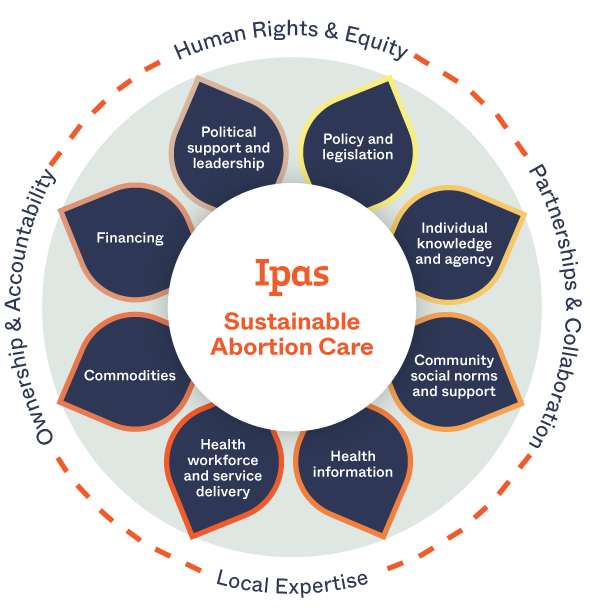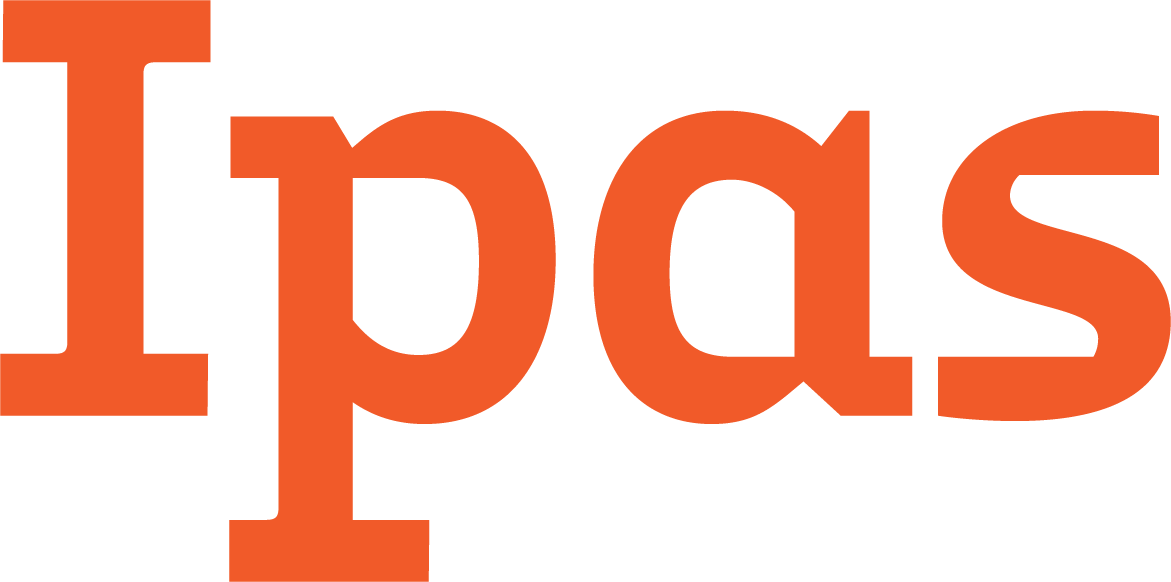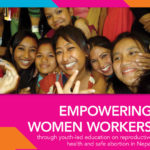
From 2011-2012, Ipas and our partners implemented a series of classes on sexual and reproductive health and rights (SRHR)—including information on safe abortion—for women who work at factories across Nepal’s Kathmandu Valley. This report explains how our project increased women workers’ knowledge of SRHR topics so they can better manage their own health and relationships and serve as resources for their families and communities. The report includes background information on Ipas’s work with youth, the context of sexual and reproductive health services for women workers in the Kathmandu Valley, details on the project’s various components, and explanation of key outcomes.
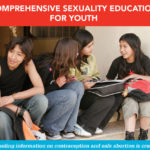
Comprehensive sexuality education (CSE) is a critical means of improving young people’s access to sexual and reproductive health (SRH) services and their ability to make safe and informed decisions. However, the topic of abortion remains absent from most CSE programs, which diminishes young people’s ability to avoid the dangers of unsafe abortion and to exercise their right to safe, legal abortion services. This factsheet summarizes the global movement to improve and expand CSE and offers key standards and approaches for creating quality CSE programs that include accurate, non-biased information about contraception and safe abortion.
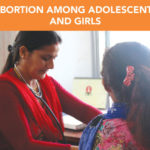
Young women and girls account for nearly one-third of all unsafe abortion-related deaths each year worldwide, with 15% of all unsafe abortions taking place among adolescents ages 15-19. Despite growing global attention to the health and welfare of adolescents and girls, little is known about the abortion experiences of girls under the age of 15. This factsheet examines the unique abortion-related experiences and needs of adolescents (ages 15-19) and girls (ages 10-14), based on a comprehensive literature review Ipas conducted in 2018.
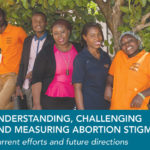
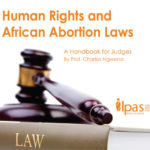
This handbook, written by Prof. Charles Ngwena and published by the Ipas Africa Alliance, is designed to raise judges’ awareness about the human rights obligations associated with abortion. Judges can use it as a guide to interpret and apply domestic abortion laws, taking into account global and regional human rights standards
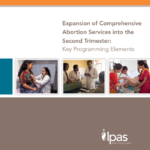
This guidance is designed for any health facility planning to expand its abortion services to include abortions in the second trimester of pregnancy.
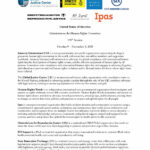
On October 17-18, 2023, the United Nations Human Rights Committee reviews U.S. compliance with the ICCPR, including the impact of Dobbs on its human rights obligations. Global Justice Center, State Innovation Exchange, Amnesty International, Ipas, Human Rights Watch, RH Impact, and Obstetricians for Reproductive Justice submitted this report to the Committee that details the human rights violations caused by Dobbs in the U.S.
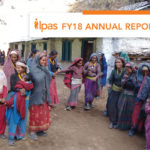
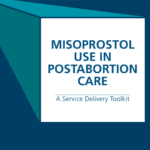
This toolkit is designed to help district or national-level clinicians, facility managers or program managers initiate the use of misoprostol as a medical treatment for incomplete abortion or integrate misoprostol into existing postabortion care services.
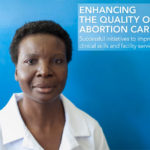
This report looks at initiatives in four countries—Nigeria, Nepal, Ghana and Zambia—where Ipas is working with governments, communities and other partners to provide clinical and programmatic support to providers and health-care facilities.
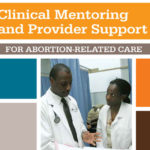
This training manual is for clinical mentors and others providing clinical and programmatic support to health-care providers offering abortion-related care. It includes content, activities and materials to improve their knowledge, attitudes and skills for clinical mentoring and provider support.
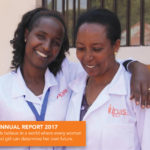
In 2017, Ipas continued to train doctors, midwives and nurses to safely and respectfully perform abortions and provide counseling on contraceptive options. We continued partnering with community-based organizations—experts on the needs of women and girls in their communities—to teach people about their sexual and reproductive rights. We also continued to educate policymakers about the need for safe abortion, to train police and lawyers on how to uphold women’s rights within their legal systems, and to partner with local groups that advocate for sexual and reproductive rights. Learn about our impact in 2017 and read stories and highlights from the year in our annual report.
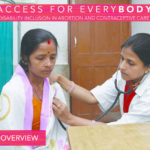
Despite being a considerable percentage of the population, people with disabilities are grossly underserved and neglected by sexual and reproductive health services, particularly those focused on safe abortion and contraceptive care. While donors, sexual and reproductive health program implementers, universities and activists are beginning to examine the needs and rights of people with disabilities, considerable gaps persist in the specific areas of safe abortion and contraceptive care.
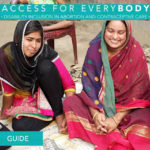
This guide is a resource for program implementers and managers, technical advisors and trainers who design interventions to improve access to abortion and contraceptive care. It offers strategies for improving disability inclusion in policy, service delivery and community engagement interventions and can be adapted to meet the unique needs of each context. Recommendations are based on the human rights model of disability, which includes a “twin-track” approach that promotes the empowerment of people with disabilities by creating disability-specific initiatives and integrating disability inclusion in general programming. Active and meaningful participation of people with disabilities throughout all stages of planning, implementing and evaluating abortion and contraceptive care interventions is a core principle underlying each recommendation included in this guide.
About one quarter of women in Bangladesh are denied menstrual regulation (MR) due to advanced gestation. Little is known about whether women denied MR seek abortion elsewhere, self-induce, or continue the pregnancy.
September 28 is the Global Day of Action for Access to Safe and Legal Abortion. But is “safe and legal” enough? Why in the 21st century do we still need a day of action?
